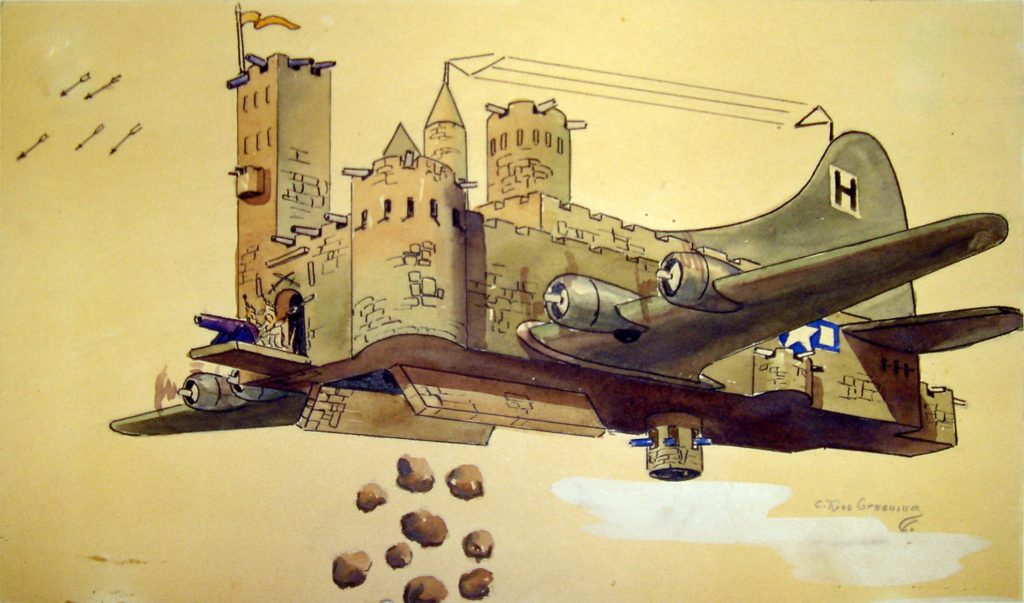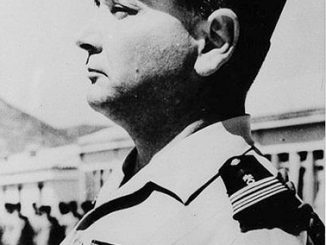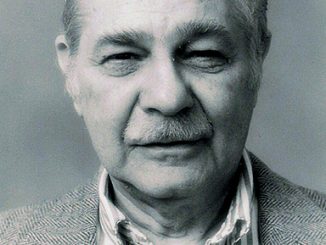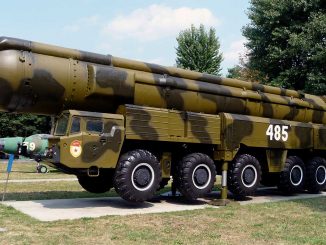The U.S. Air Force, on Dec. 2, publicly unveiled the B-21 Raider, the first new, long-range strike bomber in a generation and an aircraft specifically designed to be the multifunctional backbone of the modernized bomber fleet.
Source — Secretary of the Air Force Public Affairs — Published Dec. 2, 2022 —
Palmdale, California — (AFNS) — In a tangible display of the nation’s resolve in meeting security threats, the U.S. Air Force, on Dec. 2, publicly unveiled the B-21 Raider, the first new, long-range strike bomber in a generation and an aircraft specifically designed to be the multifunctional backbone of the modernized bomber fleet.

While the B-21 isn’t expected to be operational and introduced into service for several more years, the formal unveiling ceremony hosted by Northrop Grumman Corporation at its production facilities in California is a significant milestone in the Air Force’s effort to modernize combat capabilities. The B-21 is designed to be a more capable and adaptable, state-of-the-art aircraft that will gradually replace aging B-1 Lancer and B-2 Spirit bombers now in service.
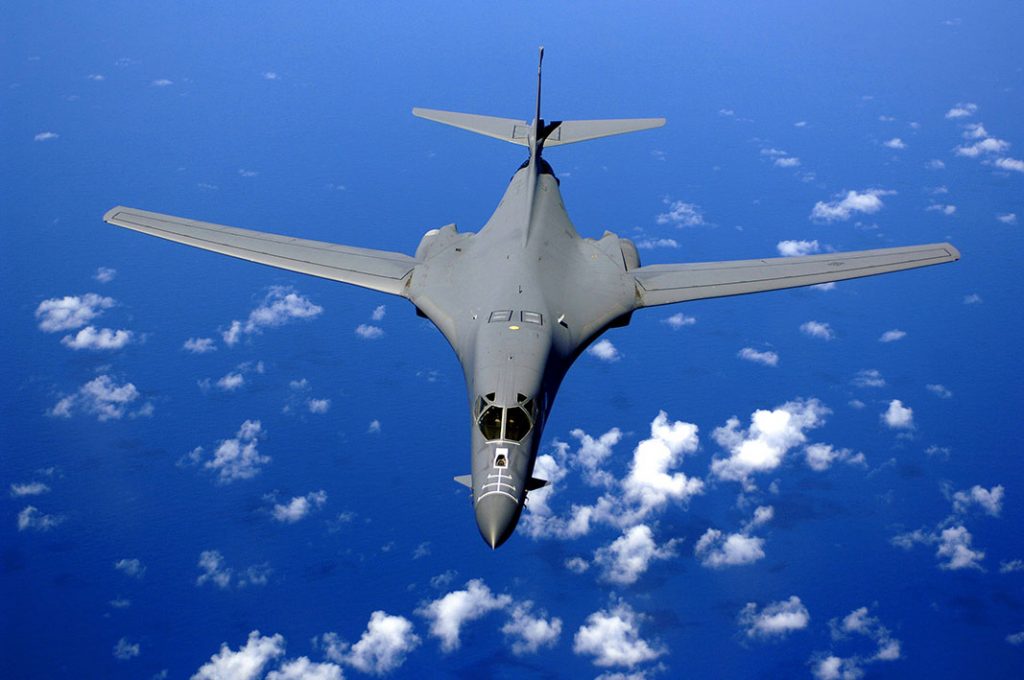
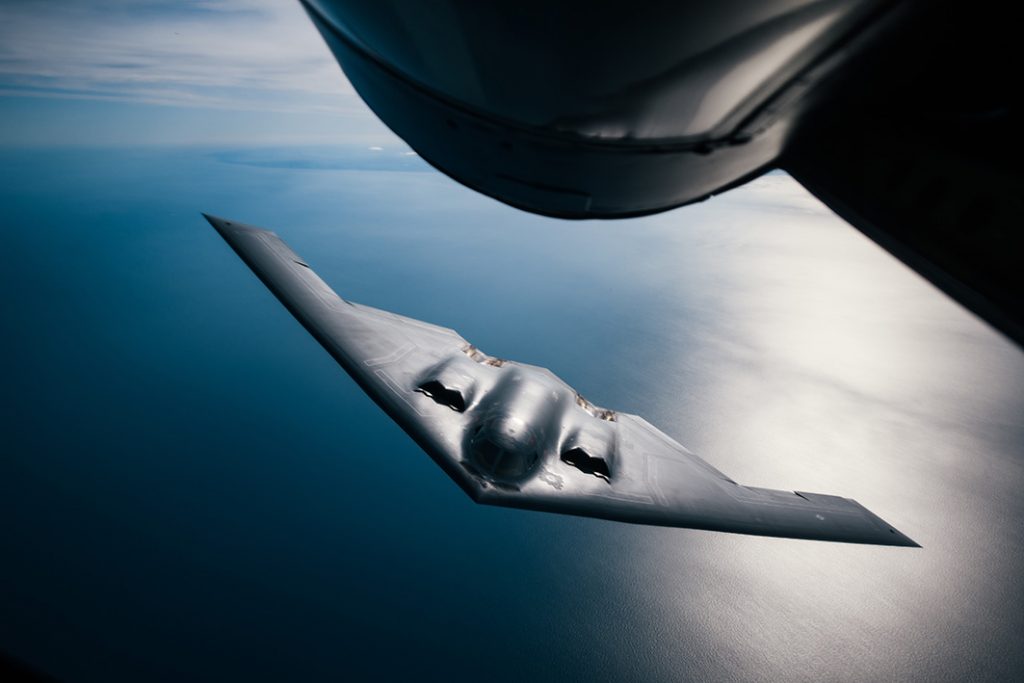
According to design requirements, the B-21 is a long-range, highly survivable stealth bomber capable of delivering a mix of conventional and nuclear munitions. The aircraft will play a major role supporting national security objectives and assuring U.S. allies and partners across the globe.
Senior defense officials note that the National Defense Strategy and other analyses make clear the need for the B-21 and its capabilities.
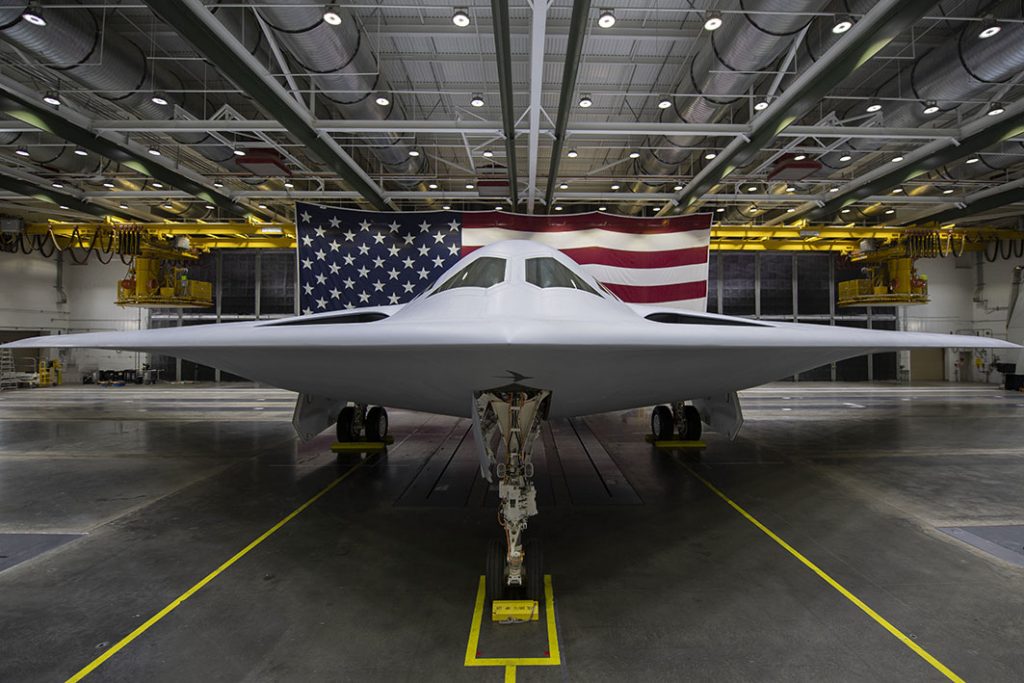
“The B-21 Raider is the first strategic bomber in more than three decades,” Secretary of Defense Lloyd J. Austin said during the ceremony. “It is a testament to America’s enduring advantages in ingenuity and innovation. And it’s proof of the Department’s long-term commitment to building advanced capabilities that will fortify America’s ability to deter aggression, today and into the future.”
The B-21, Austin said, “is deterrence the American way. … This isn’t just another airplane. It’s not just another acquisition. … It’s the embodiment of America’s determination to defend the republic that we all love. It’s a testament to our strategy of deterrence—with the capabilities to back it up, every time and everywhere.”
The world and its threats have changed dramatically since the last new bomber was introduced in 1988, as has the way the Air Force, other U.S. military services and allies work together as a joint, multi-domain force. Senior defense officials say that new thinking and innovation are needed to meet the new and emerging threats.
“That innovative spirit is sitting behind us right now,” Air Force Chief of Staff Gen. CQ Brown, Jr., told reporters shortly before the plane was unveiled.
“You think about what we’re able to do in the amount of time with the workforce here from Northrop Grumman, the collaboration with the United States Air Force to bring in a capability using a digital approach which is new and different from anything we’ve done any major program, that’s part of the Raider spirit,” he said.
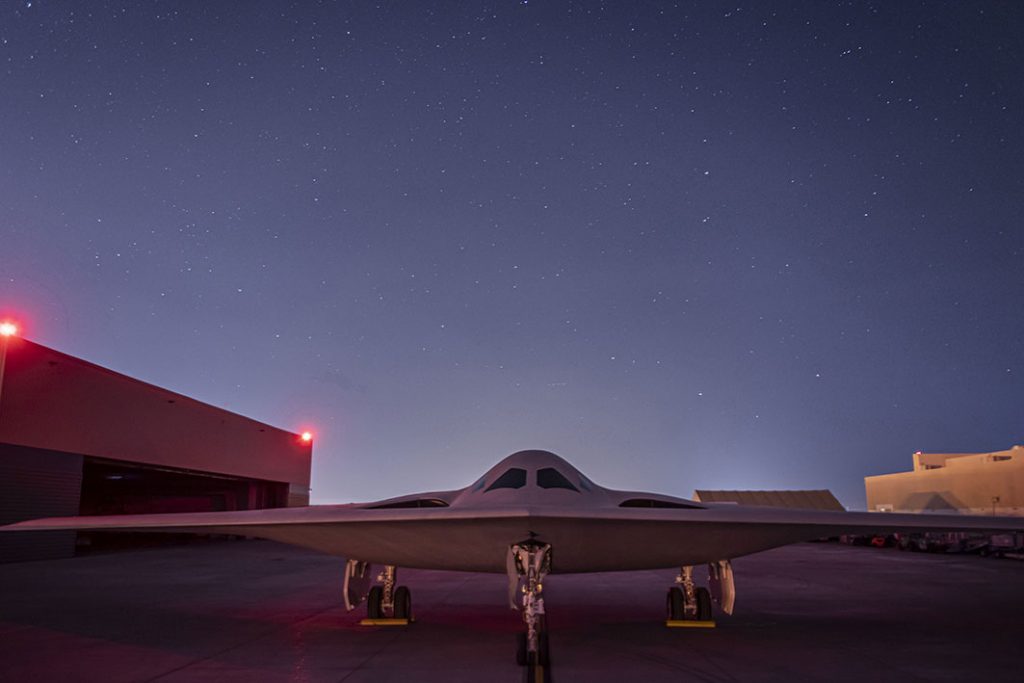
The B-21 is the first new bomber to be introduced since the end of the Cold War. Air Force officials envision an ultimate fleet of at least 100 aircraft with an average procurement unit cost requirement of $692 million (base year 2022 dollars).
“When I think about accelerate change, this is exactly what it means to be able to bring this kind of capability very quickly and be able to adapt it vis-à-vis the threat,” Brown said in his meeting with reporters. “And so today, I’m really excited that we bring the B-21 Raider into the future. It’ll be the backbone of our bomber fleet.”
The aircraft is designed with updated stealth qualities and mission flexibility that senior leaders in the Air Force and across the Department of Defense say are necessary to achieve the U.S. goal of achieving integrated deterrence, and if necessary, capabilities required to successfully respond to aggression anywhere in the world at any time.
The specific B-21 unveiled Dec. 2 is one of six under production. Each is considered a test aircraft, but each is being built on the same production line, using the same tools, processes, and technicians who will build production aircraft. This approach has enabled production engineers and technicians to capture lessons learned and apply them directly to follow-on aircraft, driving home a focus on repeatability, producibility and quality.
The timing for first flight will be data and event, not date driven.
While the precise date when the B-21 will enter service is unknown, basing decisions have been made. Ellsworth AFB, South Dakota will become the first Main Operating Base and formal training unit for the B-21. Whiteman AFB, Missouri, and Dyess AFB, Texas, are the preferred locations for the remaining home bases. Each will receive aircraft as they become available.
In addition to building a bomber with state-of-the-art technology and capabilities, Air Force officials emphasized the focus on containing costs while simultaneously allowing for maximum flexibility.
For example, the B-21 is designed with an open systems architecture that will enable rapid future capability integration to keep pace with the highly contested threat environment.
The B-21 design is based on firm requirements with existing and mature technology to control program costs. In fact, the plane’s prime contractor, Northrop Grumman, has been directed to use production processes, production tooling, and a production workforce that ensures sustained and seamless production while avoiding unnecessary costs.
“Leveraging innovative manufacturing techniques, open systems architectures and active management allows us to integrate new technology as it matures and ensures the B-21 can adapt to future threats and be successful when and where we need it,” Assistant Secretary of the Air Force for Acquisition, Technology and Logistics Andrew P. Hunter, said.
See also : 10 key facts about the Northrop Grumman’s B-21 Raider (Source: Northrop Grumman)

